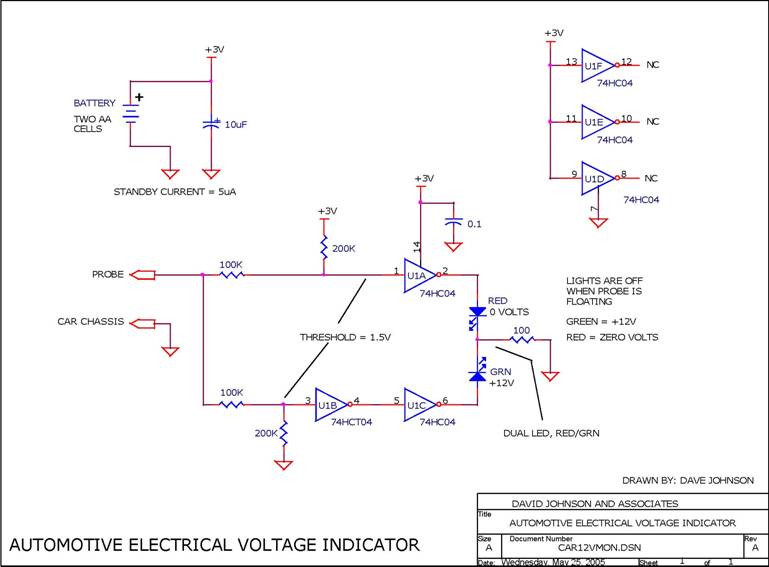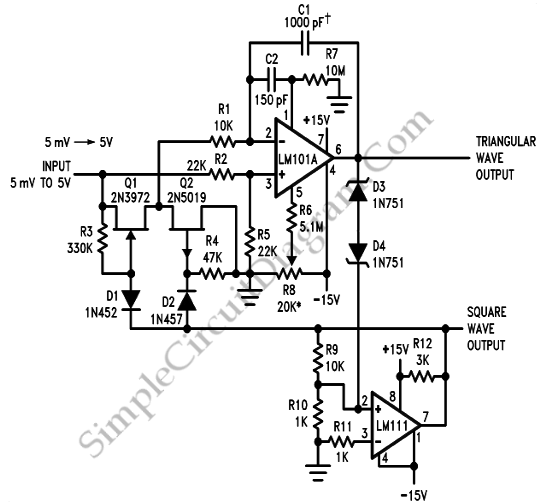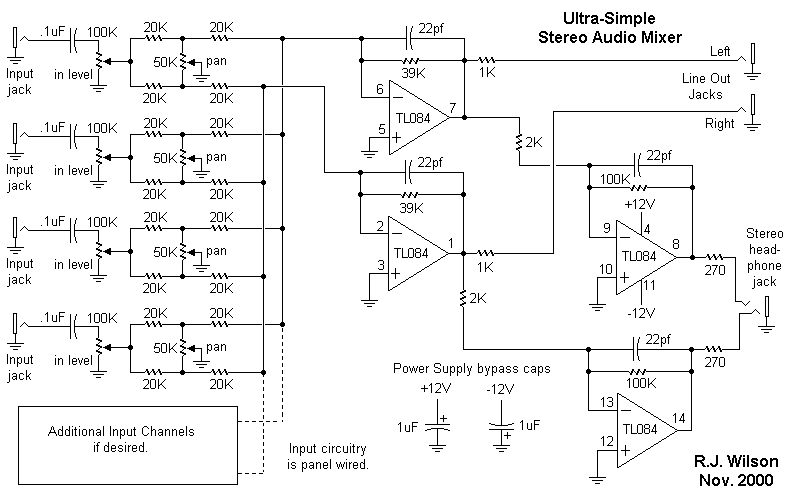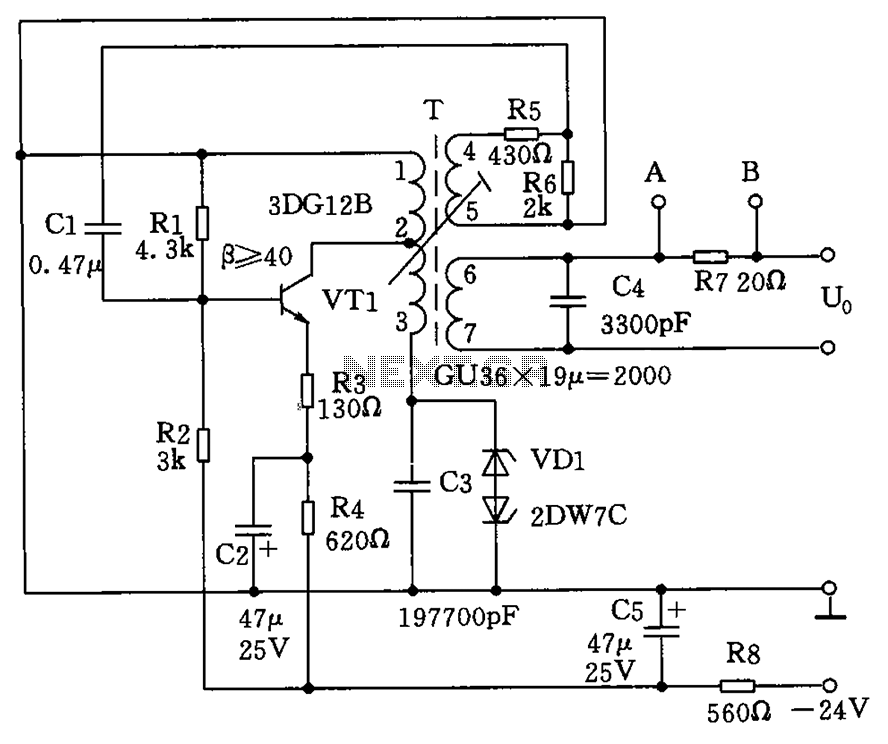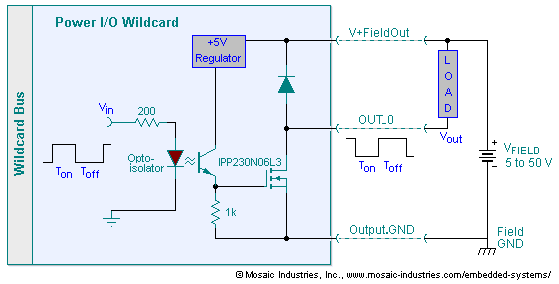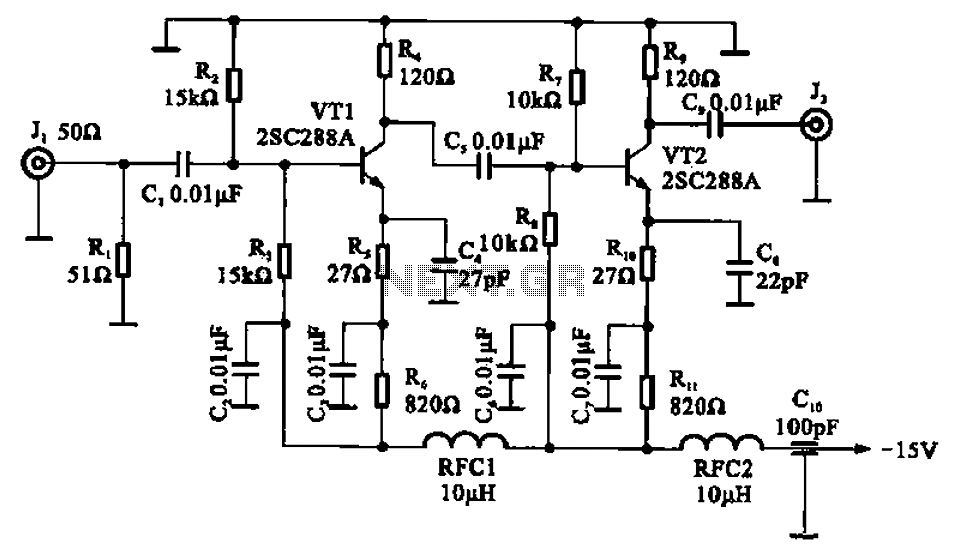
Ultra high voltage generator
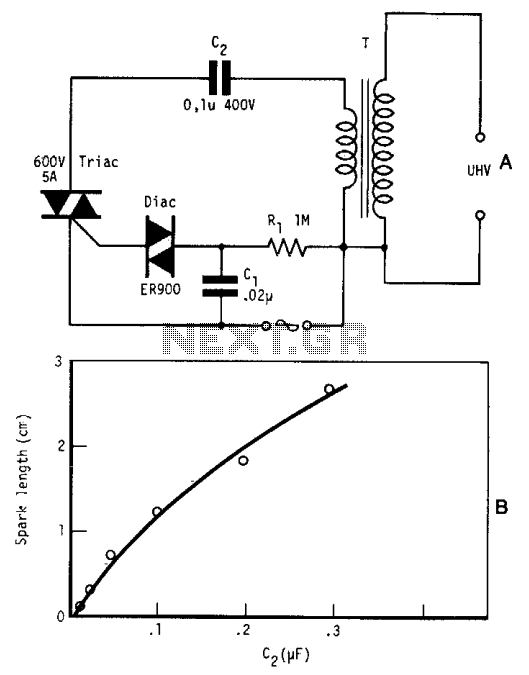
By repetitively charging and discharging a capacitor through the primary winding of an induction coil with high voltage, an ultra-high electromotive force (emf) is induced in the secondary winding. Switching is performed by a triac, which is triggered by a disc at intervals determined by capacitor C1 and resistor R1. For example, using a 12 V car ignition coil, a spark gap of 12 mm in air can be achieved with a capacitor C2 of 0.1 µF. Assuming the dielectric strength of air is 3 kV/mm, this spark gap length corresponds to an output of 36 kV. It is important to maintain the value of C2 below 1 µF, as exceeding this value may result in significant damage to the coil. The power consumption of this circuit is approximately one watt.
The described circuit utilizes an induction coil to generate high voltage through the rapid cycling of capacitor charge and discharge. In this configuration, the primary winding of the coil is connected in series with the capacitor C2, which stores energy and releases it quickly, generating a magnetic field. The triac acts as a switch, controlling the timing of this energy release based on the triggering mechanism provided by the disc, in conjunction with the timing components C1 and R1.
The output of the circuit, characterized by the high voltage spark gap, is influenced by the design parameters of the components involved. The choice of a 12 V car ignition coil is particularly effective in this application due to its ability to handle high voltage transients. The length of the spark gap achieved (12 mm) provides a practical demonstration of the circuit's capability to generate high voltage, with the calculated output voltage of 36 kV indicating a successful operation within the dielectric limits of air.
It is crucial to monitor the capacitance value of C2, as exceeding 1 µF can lead to excessive current flow and potential damage to the coil. The circuit's efficiency is notable, with a power consumption of only about one watt, indicating that it can operate effectively without significant energy loss. Proper thermal management and component ratings should be considered to ensure reliability and longevity of the circuit in practical applications.By repetitively charging and discharging a capacitor through the primary of an induction coil with a high voltage, an ultra high emf is induced in the secondary. Switching is performed by the triac, triggered by the disc at times set by Cl and Rl. With a 12 V car ignition coil for example, the length of sparkgap obtained is 12 mm of air for C2 = 0.1 µ¥.
If the dielectric strength of air is assumed to be 3 kV/mm, this spark-gap length corresponds to 36 kV. The curve shown in Fig. B, care must be taken in keeping the value of C2 below 1 /iF as the coil is liable to be seriously damaged at this value of C2. Power consumption is only about one watt.
The described circuit utilizes an induction coil to generate high voltage through the rapid cycling of capacitor charge and discharge. In this configuration, the primary winding of the coil is connected in series with the capacitor C2, which stores energy and releases it quickly, generating a magnetic field. The triac acts as a switch, controlling the timing of this energy release based on the triggering mechanism provided by the disc, in conjunction with the timing components C1 and R1.
The output of the circuit, characterized by the high voltage spark gap, is influenced by the design parameters of the components involved. The choice of a 12 V car ignition coil is particularly effective in this application due to its ability to handle high voltage transients. The length of the spark gap achieved (12 mm) provides a practical demonstration of the circuit's capability to generate high voltage, with the calculated output voltage of 36 kV indicating a successful operation within the dielectric limits of air.
It is crucial to monitor the capacitance value of C2, as exceeding 1 µF can lead to excessive current flow and potential damage to the coil. The circuit's efficiency is notable, with a power consumption of only about one watt, indicating that it can operate effectively without significant energy loss. Proper thermal management and component ratings should be considered to ensure reliability and longevity of the circuit in practical applications.By repetitively charging and discharging a capacitor through the primary of an induction coil with a high voltage, an ultra high emf is induced in the secondary. Switching is performed by the triac, triggered by the disc at times set by Cl and Rl. With a 12 V car ignition coil for example, the length of sparkgap obtained is 12 mm of air for C2 = 0.1 µ¥.
If the dielectric strength of air is assumed to be 3 kV/mm, this spark-gap length corresponds to 36 kV. The curve shown in Fig. B, care must be taken in keeping the value of C2 below 1 /iF as the coil is liable to be seriously damaged at this value of C2. Power consumption is only about one watt.
